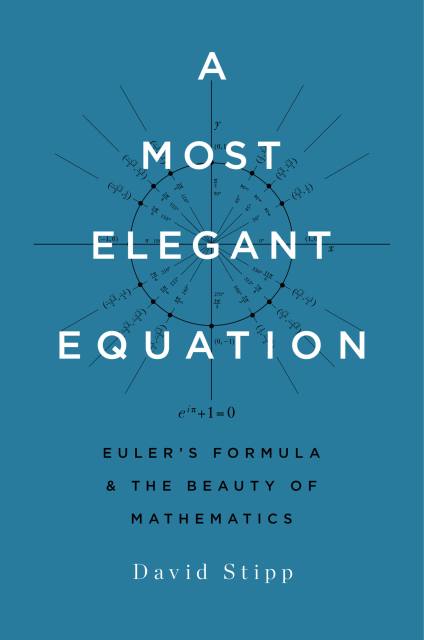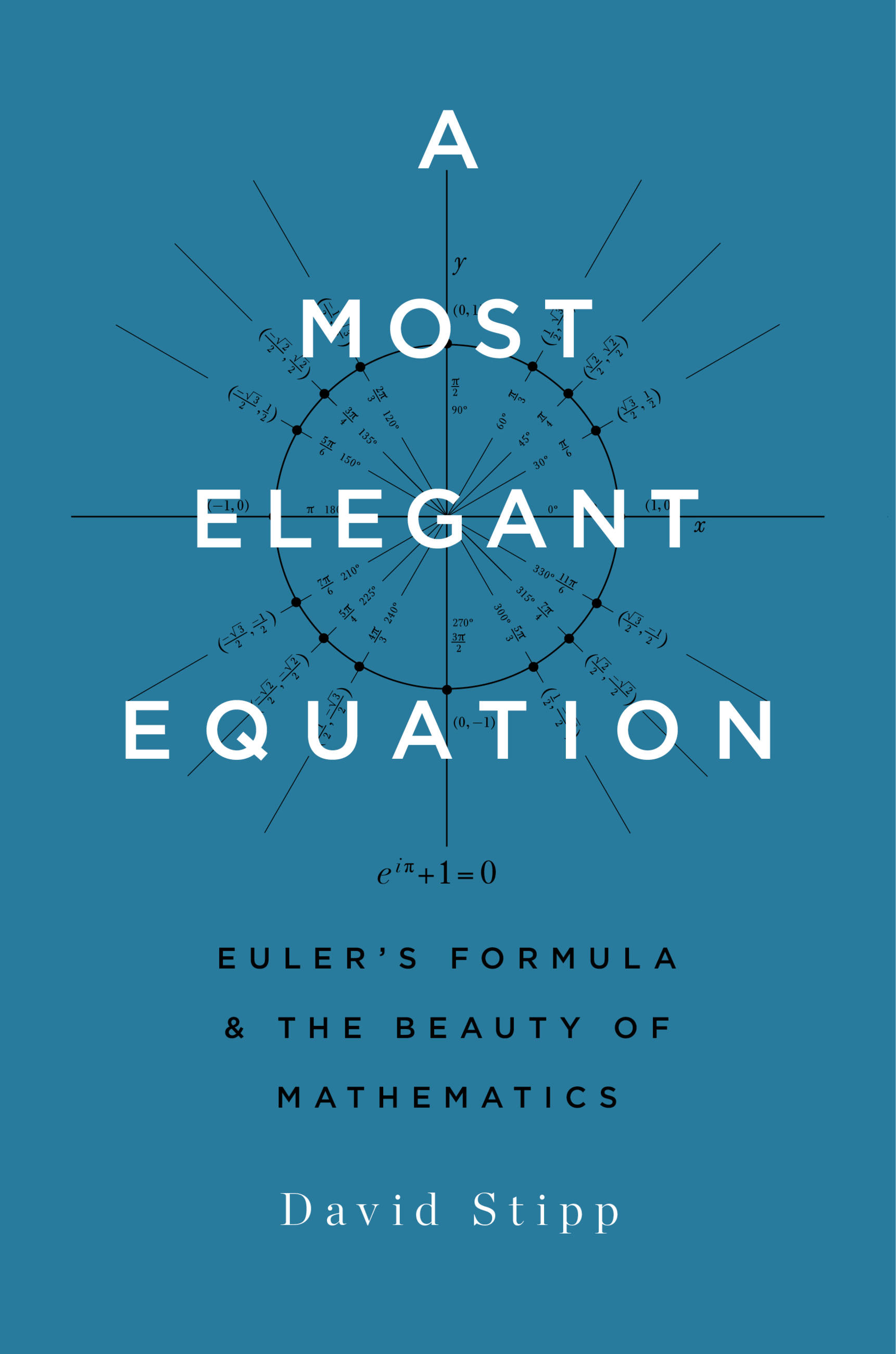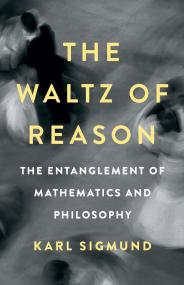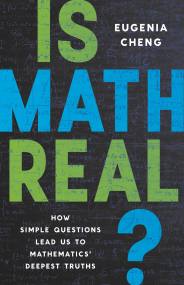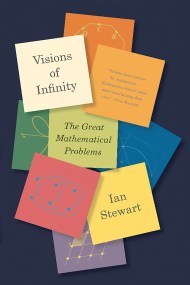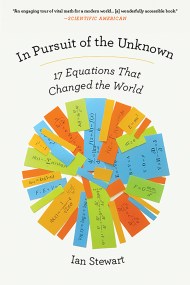Promotion
Use code MOM24 for 20% off site wide + free shipping over $45
A Most Elegant Equation
Euler's Formula and the Beauty of Mathematics
Contributors
By David Stipp
Formats and Prices
Price
$15.99Price
$20.99 CADFormat
Format:
- ebook $15.99 $20.99 CAD
- Hardcover $30.00 $39.00 CAD
This item is a preorder. Your payment method will be charged immediately, and the product is expected to ship on or around November 7, 2017. This date is subject to change due to shipping delays beyond our control.
Also available from:
Bertrand Russell wrote that mathematics can exalt “as surely as poetry.” This is especially true of one equation: ei(pi) + 1 = 0, the brainchild of Leonhard Euler, the Mozart of mathematics. More than two centuries after Euler’s death, it is still regarded as a conceptual diamond of unsurpassed beauty. Called Euler’s identity or God’s equation, it includes just five numbers but represents an astonishing revelation of hidden connections. It ties together everything from basic arithmetic to compound interest, the circumference of a circle, trigonometry, calculus, and even infinity. In David Stipp’s hands, Euler’s identity formula becomes a contemplative stroll through the glories of mathematics. The result is an ode to this magical field.
Genre:
- On Sale
- Nov 7, 2017
- Page Count
- 240 pages
- Publisher
- Basic Books
- ISBN-13
- 9780465093786
Newsletter Signup
By clicking ‘Sign Up,’ I acknowledge that I have read and agree to Hachette Book Group’s Privacy Policy and Terms of Use
